Secret Scanning
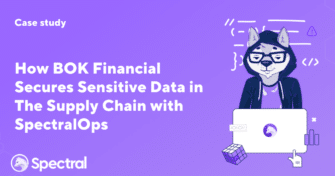
How BOK Financial Secures Sensitive Data in The Supply Chain with SpectralOps
The company’s leadership felt confident in their existing security tools and measures taken. They believed the company had adequate defenses in place to protect the company’s IP (intellectual property) and private information against external attacks.
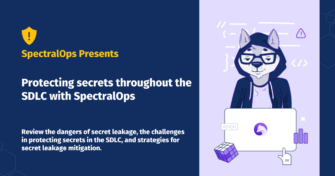
Mind the gap: The state of secrets scanning in 2021
This whitepaper will review the dangers of secret leakage, the challenges in protecting secrets in the SDLC, and strategies for secret leakage mitigation.
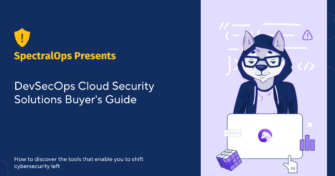
DevSecOps Cloud Security Solutions Buyer’s Guide
The cloud has come a long way from Eric Schmidt’s “modern” coining of the phrase in 2006. Today, companies and institutions are reliant upon a cloud
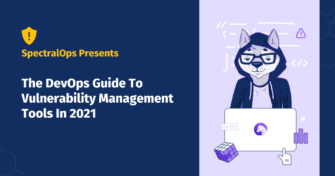
The DevOps Guide To Vulnerability Management Tools In 2021
Thousands of vulnerabilities are discovered yearly, and business continuity continues to become hinged on the continual network, process, and software uptime. Organizations need to invest time and effort into understanding where their weaknesses lie to maintain that status quo and continue running smoothly.

Where your code secrets hide: risky filetypes to know
It may be an API key that falls in the wrong hands, a set of credentials, encryption keys, or even a URL that is being protected by obfuscation. Secrets will leak, and the smallest secret can escalate to a full-blown data breach. But where exactly do these secrets in code like to hide?

Protecting secrets throughout the SDLC with SpectralOps
This whitepaper will review the dangers of secret leakage, the challenges in protecting secrets in the SDLC, and strategies for secret leakage mitigation.
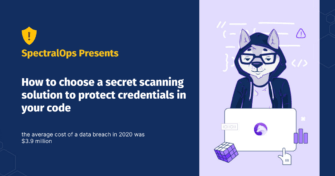
How to choose a secret scanning solution to protect credentials in your code
One of the easiest methods malicious actors use to infiltrate systems and abuse data is by scanning for secrets that accidentally leak into the public space. Why go through the effort of hacking when someone has left the keys to the kingdom sitting on the doormat?
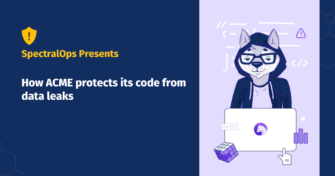
How Perion protects its code from data leaks
The company’s leadership felt confident in their existing security tools and measures taken. They believed the company had adequate defenses in place to protect the company’s IP (intellectual property) and private information against external attacks.